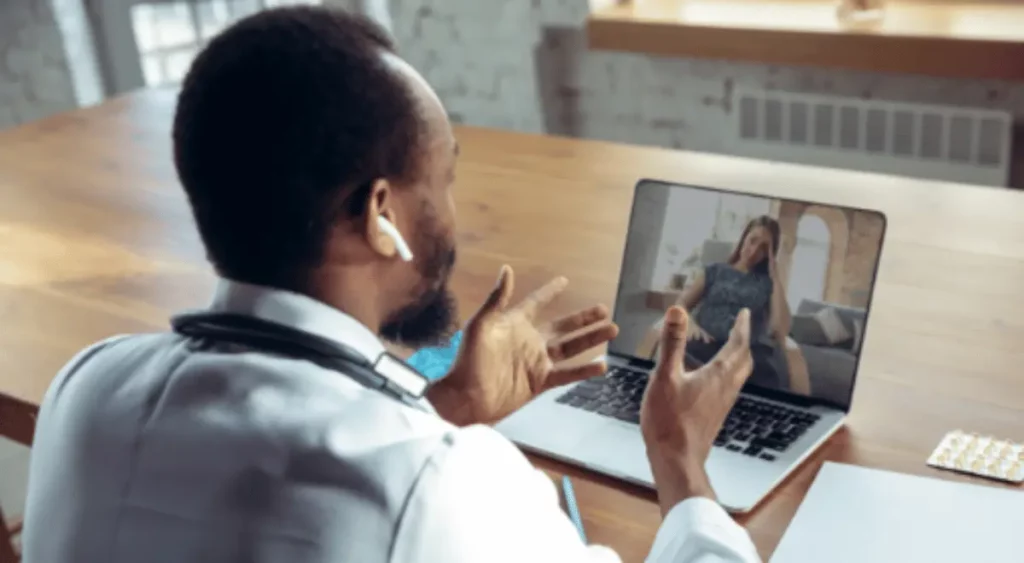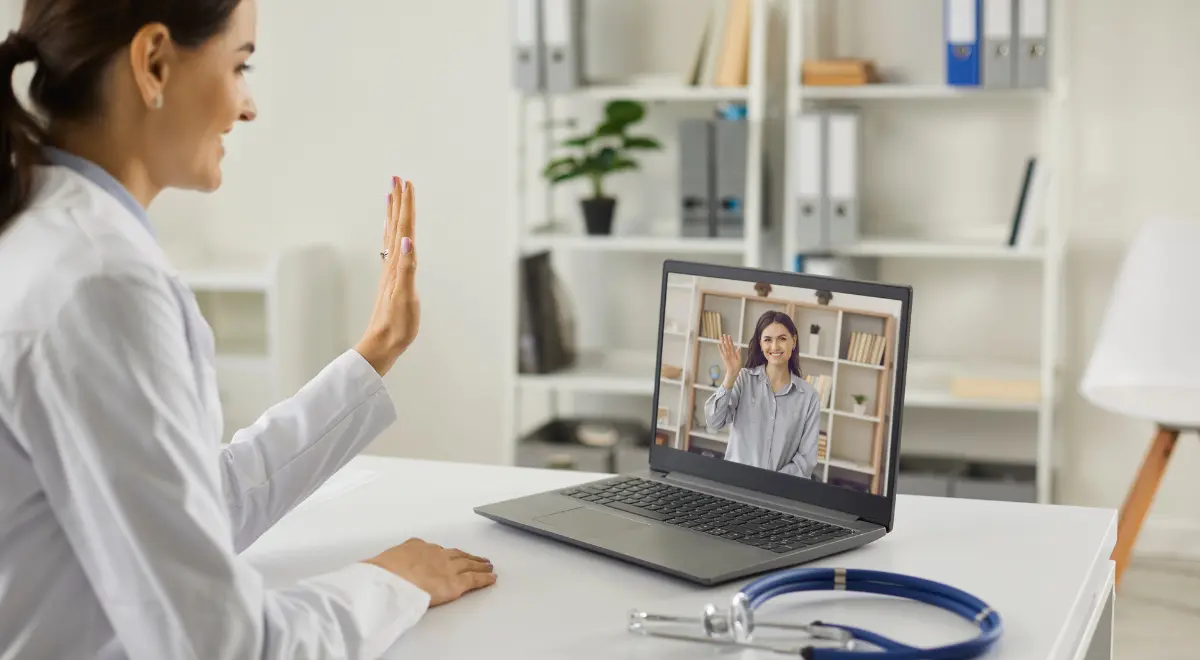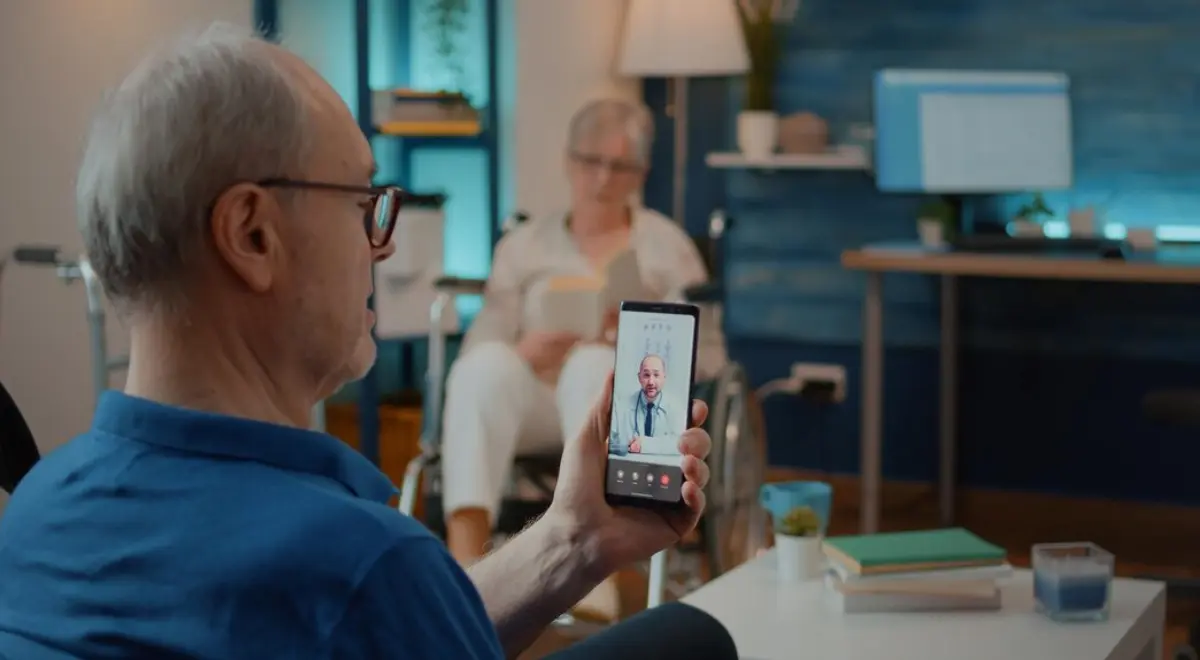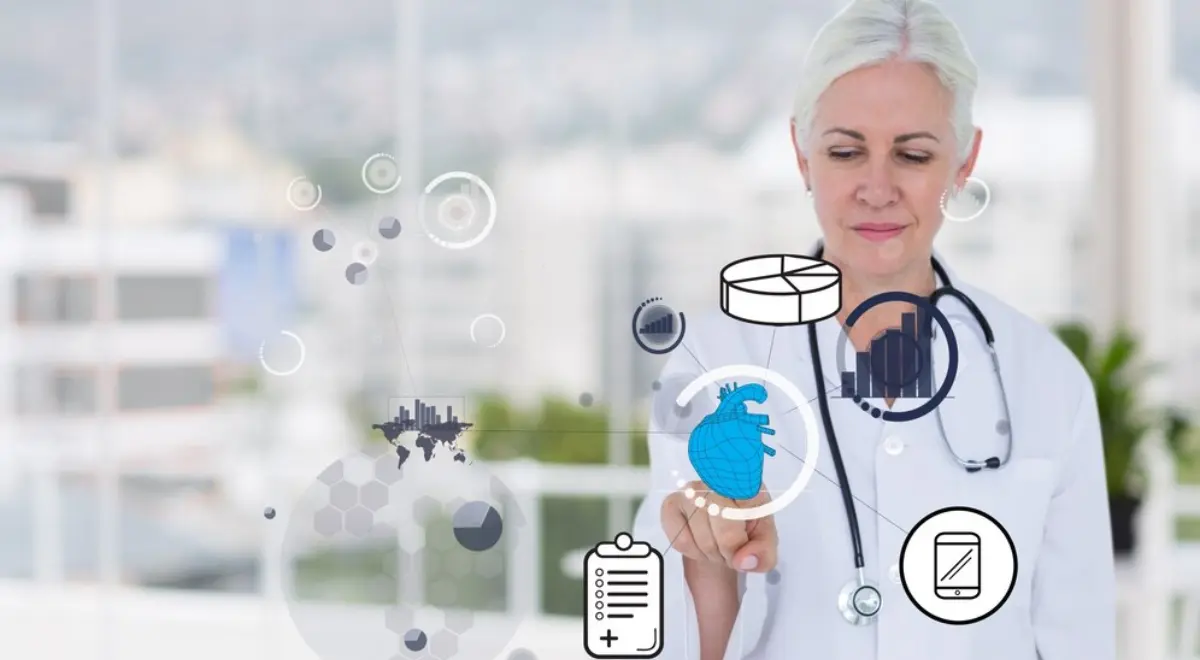Remote Care Solutions in Health Management for COVID-19

COVID-19 and its extreme virulence make it one of the most challenging diseases in modern medicine. It didn’t take long to realize the severity of the threat it poses. It has forced the medical field to find preventive solutions fast. Otherwise, it’s bound to overwhelm any healthcare system – regardless of how sophisticated it is.
Health experts consider Remote Patient Monitoring for COVID-19 as a viable route to take for any healthcare system. If we focus on the benefits it brings to the table, it’s not hard to see why.
Also Read: CPT Codes for Remote Patient Monitoring by CMS
The points we have outlined below give an overview of how RPM provides direct solutions to health management.
1. Remote Patient Monitoring limits unnecessary contact between patients and doctors
In a time when contactless interaction is nothing short of necessary, remote patient monitoring provides plenty of leeways for doctors to still effectively manage their patients. Doctors can easily keep track of patients’ data and status without having to rely on contiguous means to do so. The advanced patient monitoring devices used by RPMs also greatly aid in this regard. Doctors no longer have to conduct check-ups themselves, thereby further limiting contact.
RPMs are equipped with all the necessary communication tools, providing smooth interaction between the doctors and the patients. This helps attending physicians to remain posted about their patients’ status anywhere and anytime.
2. It helps to prevent hospitals from getting overloaded with patients
Most countries rely on large quarantine measures to combat COVID-19. They do it out of fear of a sudden influx of patients, which can overwhelm their hospitals and other health institutions. Furthermore, COVID-19’s symptoms often vary in severity. Plenty of people develop mild symptoms that only require them to self-isolate at home. The same goes for patients that have recovered but still have risks of reinfection. Patient monitoring is a vital key to combating this coronavirus pandemic.
With the help of remote patient monitoring systems, doctors enjoy increased work capacities. This allows them to take more patients under their wing without having to manage their schedules. As a result, they lessen the chances of getting burnt out.
COVID-19 is one of those diseases that can still be monitored and treated at home with proper and regular medical advice and supervision. With RPMs, patients can still effectively communicate with their doctors at home, without the need for hospital stays.
3. RPM helps in long-term close monitoring of patients
Some COVID-19 patients have suffered from severe respiratory distress in a single night and die instantly. Other reports have claimed COVID-19 causes strokes, too. Indeed, it’s the unpredictability of the disease that makes it such a dangerous disease to face. It also has the very real possibility of mutating.
These facts alone merit the importance of closely monitoring those who are showing symptoms. Remote patient monitoring systems offer this advantage naturally. It’s hard to ignore the effective ways RPMs deliver in this area. Many such as HelthArc come equipped with all the necessary tools to track vital signs (like BP, glucose, pulse, to cite a few).
In short, remote patient monitoring systems like HelthArc can help flatten the curve by actively keeping track of a patient’s current state of health. Not a lot of present-day medical tools can deliver as much value to the medical field.
4. RPMs offer a great opportunity for the patient (and even health practitioners) to receive plenty of support
COVID-19 patients often have to undergo their viral ordeal for a long time. Based on survivors’ accounts alone, the physical, mental, and emotional tolls of COVID-19 are virtually indescribable. Without a doubt, many of them need all the support they can get throughout treatment.
What’s good is that remote patient monitoring systems naturally let patients receive the support they need. It helps the family and friends get involved in the treatment, thanks to the efficient communication tools integrated with them. More importantly, it also gets the attending health personnel involved, as it also strengthens the patient-doctor relationship. Stronger relationships in times of treatment are always crucial for boosting everyone’s morale. It also serves as a viable way to reduce long-term stress.
Health management also encompasses emotional and mental health. RPM may not directly aid in promoting it, but it arguably contributes in its unique way with the help of the tools it has.
Introducing HealthArc
HealthArc is an RPM software trusted by leading medical groups and practices. It stands out for its ease-of-use, advanced patient communication tools, and FDA-approved monitoring devices.
Should you be interested to know in more detail how this RPM platform can help lighten your team’s health management loads, please contact us to fill in your details and schedule a short 30-minute demo.
Conclusion
With these facts considered, efforts by countries to shield their frontline doctors from COVID-19 should certainly start leaning more towards the widespread use of Remote Patient Monitoring. RPM for COVID-19 simply fits perfectly with the nature of this pandemic and the limitations it causes.
We simply have to know where to look and what platforms to rely on. Remote patient monitoring could very well be one of them.
Most recent blogs
Categories
- Behavioral Health Integration
- Cellular Remote Patient Monitoring
- Chronic Care Management
- Chronic Care Management Billing
- Chronic Care Management CPT Codes
- Chronic Care Management Program
- Chronic Care Management Software
- Digital Health Platform
- Principal Care Management
- Principal Care Management CPT Codes
- Remote Monitoring Devices
- Remote Patient Care
- Remote Patient Monitoring
- Remote Patient Monitoring Billing
- Remote Patient Monitoring CPT Codes
- Remote Patient Monitoring Devices
- Remote Patient Software
- Remote Therapeutic Monitoring
- Remote Therapeutic Monitoring Billing
- Remote Therapeutic Monitoring CPT Codes
- Telemedicine & RPM
- Transitional Care Management
- Transitional Care Management Billing
- Transitional Care Management CPT Codes
Related Posts
- July 23, 2024 | Read Time: 8 mins
HealthArc Vs. Prevounce: Which One To Choose?
- July 4, 2024 | Read Time: 6 mins
Remote Patient Monitoring for Alzheimer’s
- June 21, 2024 | Read Time: 5 mins






